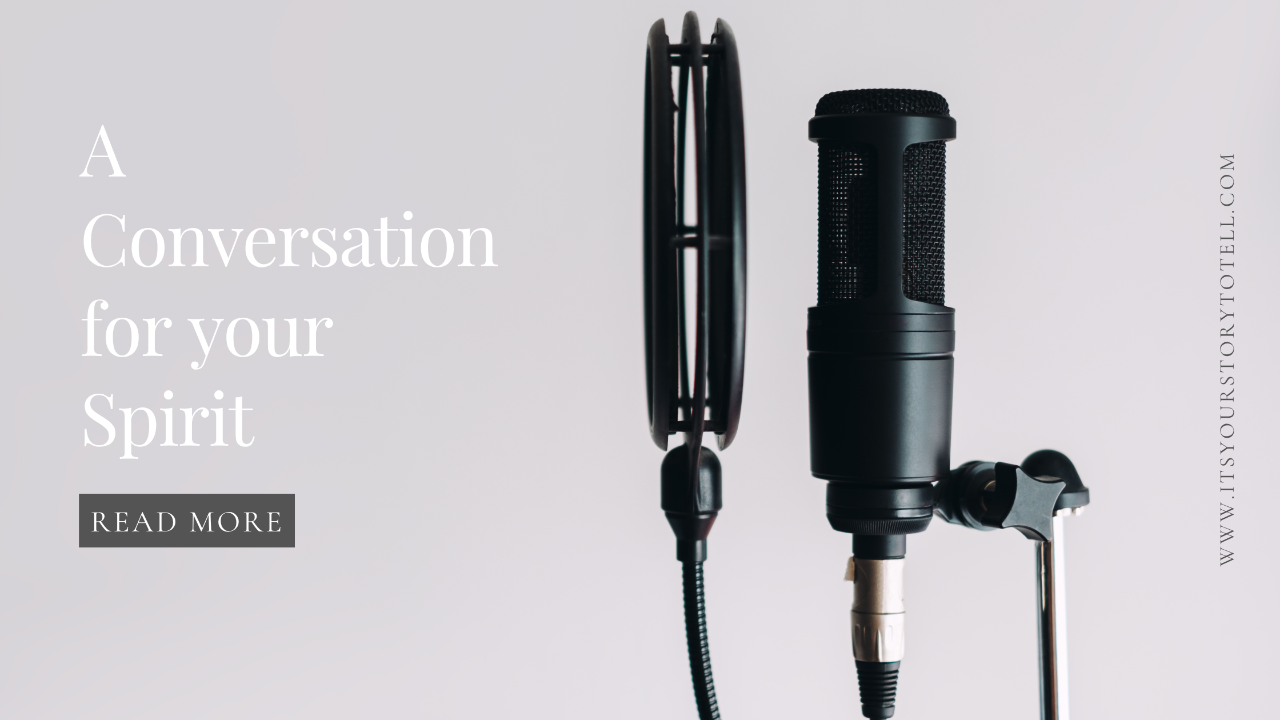The Sacred Work of Forgiveness: Letting Go to Heal Deeply
Jul 27, 2025
Let’s start by being honest: forgiveness is not easy.
If you’ve been hurt, betrayed, manipulated, or dismissed, forgiveness might feel like too much to ask. And if you’ve been in survival mode most of your life, forgiveness might even feel unsafe.
For years, I thought I was forgiving people. I would say the words, “I forgive you,” but inside I still carried the pain. I didn’t know that what I was doing wasn’t true forgiveness—it was self-abandonment. I was bypassing the pain in order to appear “healed,” to avoid conflict, or to stay connected to people who were harming me.
What Forgiveness Is—and What It Isn’t
Forgiveness is not about pretending something didn’t happen. It’s not about excusing hurtful behavior, erasing consequences, or giving someone access to you again.
Forgiveness does not mean you’re weak, naïve, or passive. And it definitely doesn’t mean continuing relationships that lack accountability, respect, or safety.
Forgiveness is about release. It’s about freeing yourself from the emotional chains that bind you to pain. It’s a decision to let go of resentment so you can make room for peace. It doesn’t mean you forget. It means you’ve decided to stop carrying the weight of what they did, and instead choose to carry the wisdom you’ve gained.
The Psychology of Forgiveness
Forgiveness is a process. Dr. Robert Enright’s Forgiveness Process Model outlines four phases: uncovering, decision, work, and deepening. This involves acknowledging the hurt, choosing to forgive, working through pain, and ultimately discovering meaning.
Forgiveness lowers rumination, increases resilience, and even changes how your brain encodes emotional memory. It shifts your neural patterns from reactive (amygdala-driven) to reflective (prefrontal cortex-led) responses.
The Biology of Letting Go
Unforgiveness keeps your body in a state of hypervigilance. Your HPA axis stays activated, pumping out cortisol, raising inflammation, and compromising health.
Forgiveness, by contrast, activates your parasympathetic nervous system—your rest-and-digest state. It supports cardiovascular health, sleep, immunity, and emotional regulation.
Forgiveness isn’t just spiritual. It’s biological.
A Story of Misunderstood Forgiveness
I once offered forgiveness thinking it meant spiritual maturity. But I kept silencing my own pain. I thought grace meant staying connected to someone who repeatedly crossed boundaries.
Eventually, I realized my "forgiveness" wasn’t peace—it was numbness.
True healing began when I stopped bypassing my pain and began grieving what I had lost. Real forgiveness didn’t mean denying the harm. It meant honoring my truth and letting go of what was no longer mine to carry.
How Unforgiveness Hides in Plain Sight
It doesn’t always look like anger. Sometimes, it looks like anxiety. Over-functioning. Perfectionism. Control. Chronic muscle tension.
It shows up when:
- You keep replaying conversations in your mind.
- You try to prove yourself to people who hurt you.
- You say, “I’ve moved on,” but your body still reacts.
- You feel the need to constantly explain your decisions.
Your body remembers what your mind tries to forget.

Letting Go Is a Sacred Act
Forgiveness is not about condoning. It’s about releasing the burden of bitterness, so your hands are free to build something better.
Letting go might look like silence. Like distance. Like choosing not to re-engage. Like planting something new where pain once took root.
Forgiveness is for you.
Trauma-Informed Forgiveness
Trauma shifts your brain into survival mode. That’s why forgiveness can feel unsafe. Your body thinks letting go might open the door to more harm.
Models like Internal Family Systems (IFS) and Polyvagal Theory help us understand why. We hold protector parts who guard our wounds, and we need safety and regulation before we can do deep inner work.
Forgiveness becomes possible when your body feels safe and seen. That’s when healing is sustainable.
What Comes Next
Forgiveness clears space. Now it’s time to rebuild.
Rebuild trust in yourself. Rebuild boundaries that honor your worth. Rebuild your sense of identity not from what was done to you, but from what is being restored within you.
Ready to take your next step?
Grab your copy of Unstuck today and learn how to move from resentment to peace, from survival to true healing. This is your time to release what no longer serves you and begin living from a place of wholeness and freedom.
Or better yet—Join the Book Launch Team and walk this journey with others who are choosing to rise. Launch begins July 30th, and as a team member, you’ll earn credits toward coaching, courses, and more as you share your own story of healing.
You’re not alone. You’re getting unstuck. And this is only the beginning.
View The Entire Collection
See all our blog posts to discover valuable insights and tools for navigating trauma and healing with guidance and support.












